11 Iconic 20th Century Magazines That Are No Longer Published
There was something special about flipping through a glossy magazine, the scent of ink and paper filling the air as you folded back the cover.
Whether it was catching up on Hollywood gossip, discovering the latest fashion trends, or diving into hard-hitting journalism, magazines were once a staple of coffee tables and waiting rooms everywhere.
I still remember sneaking a peek at my parents’ stack of LIFE magazines, mesmerized by the striking photos that seemed to bring history to life.
Though many iconic titles have vanished from newsstands, their impact remains, capturing the spirit of the eras they once ruled.
1. Life Magazine
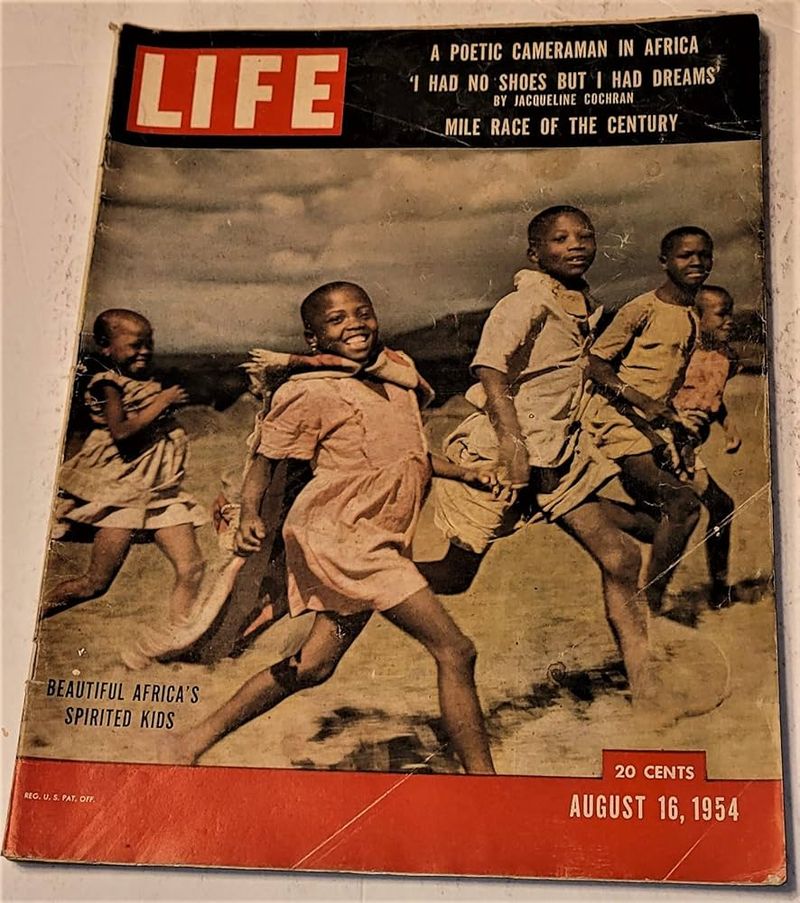
Life Magazine was the go-to for photojournalism, capturing moments from the 1930s to the 1970s. Its glossy pages showcased world events in vivid detail.
Back in its heyday, Life was the Instagram of its time, where everyone turned for a visual feast. Remember the images that moved a nation? Life had them first.
Though it closed in 2000, the magazine’s legacy lives on, inspiring photojournalists worldwide. It was more than just pages; it was a window to the world.
2. The Saturday Evening Post
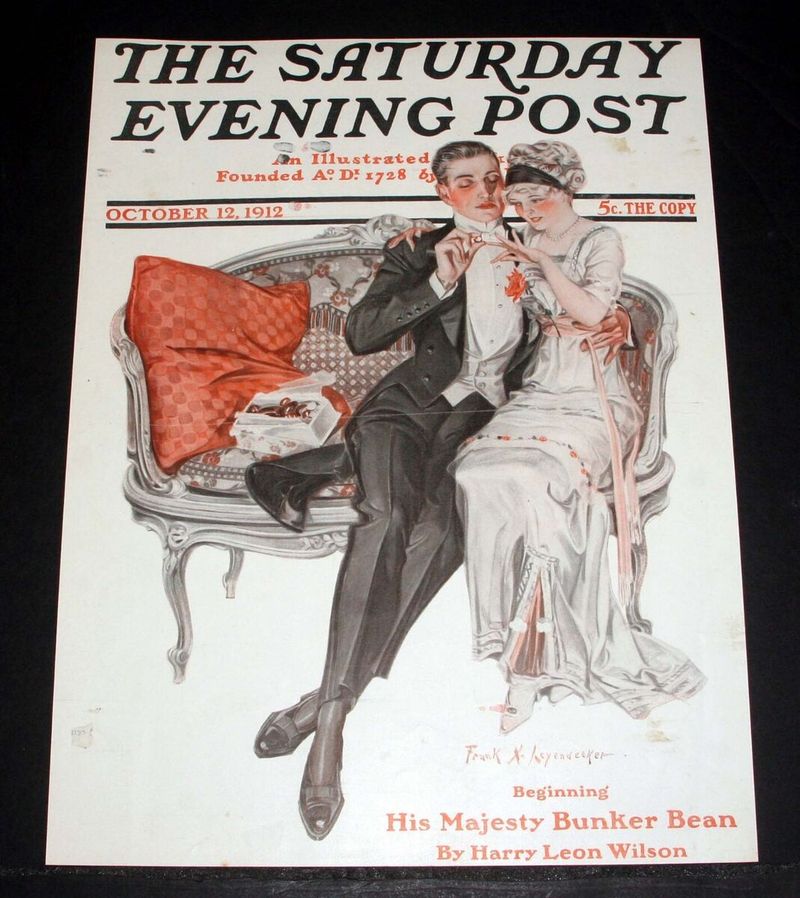
The Saturday Evening Post, once a staple in American homes, delivered stories and illustrations from 1897 until 1969. Norman Rockwell’s iconic covers brought warmth and familiarity.
Each issue was like a visit from an old friend. Who didn’t love flipping through its pages while sipping cocoa?
The Post captured everyday life with humor and heart, making it a cherished companion. Though no longer in print, its spirit lingers, a testament to storytelling through art and words.
3. Spy Magazine
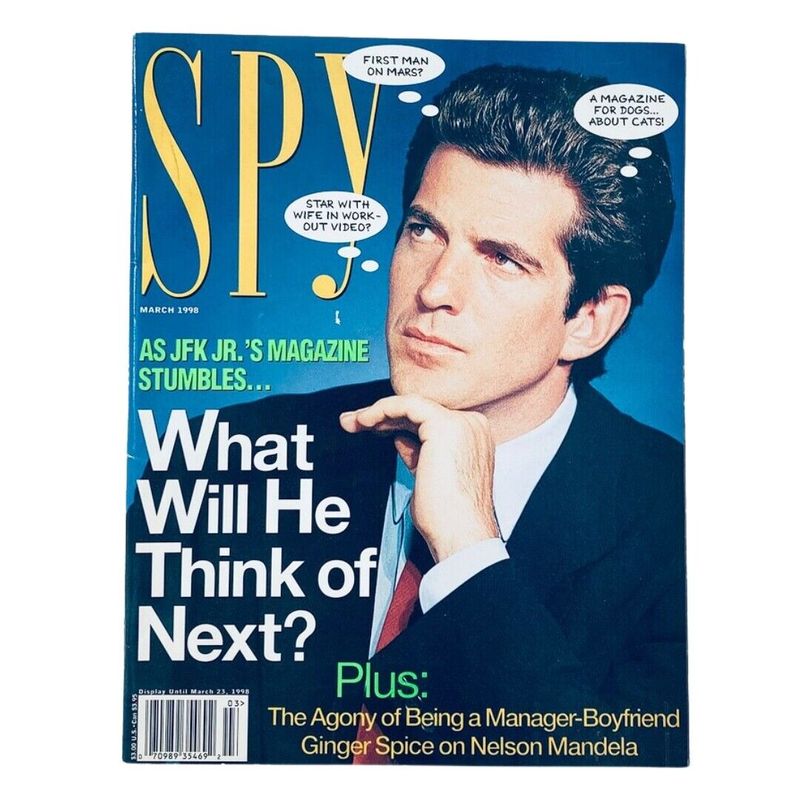
Spy Magazine was the ultimate snarkfest, running from 1986 to 1998. Known for its biting satire, it poked fun at celebrities and politicians alike. Its irreverent tone was as sharp as a tack.
Remember the time it dubbed Donald Trump a “short-fingered vulgarian”? Classic Spy! Its pages were filled with wit and sarcasm, making it a must-read for anyone craving a good laugh.
Although it’s gone, its influence on satire magazines is unmistakable.
4. Gourmet Magazine
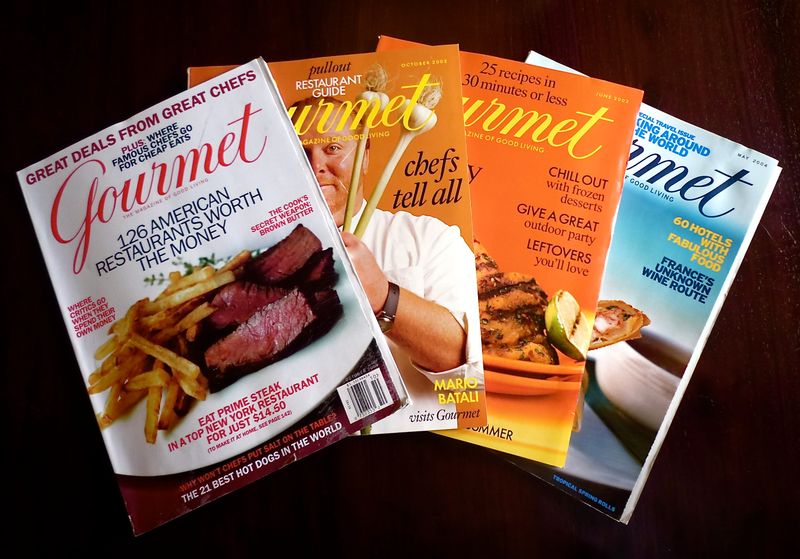
Gourmet Magazine was a feast for the eyes and the palate from 1941 to 2009. It was the culinary bible for foodies before Instagram food pics were even a thing.
Imagine flipping through recipes that transported you to far-off lands with each page. Its articles and photographs were as delicious as the dishes it featured.
Though it’s not on shelves anymore, Gourmet inspired a generation of chefs and home cooks to explore global cuisines.
5. Collier’s Weekly
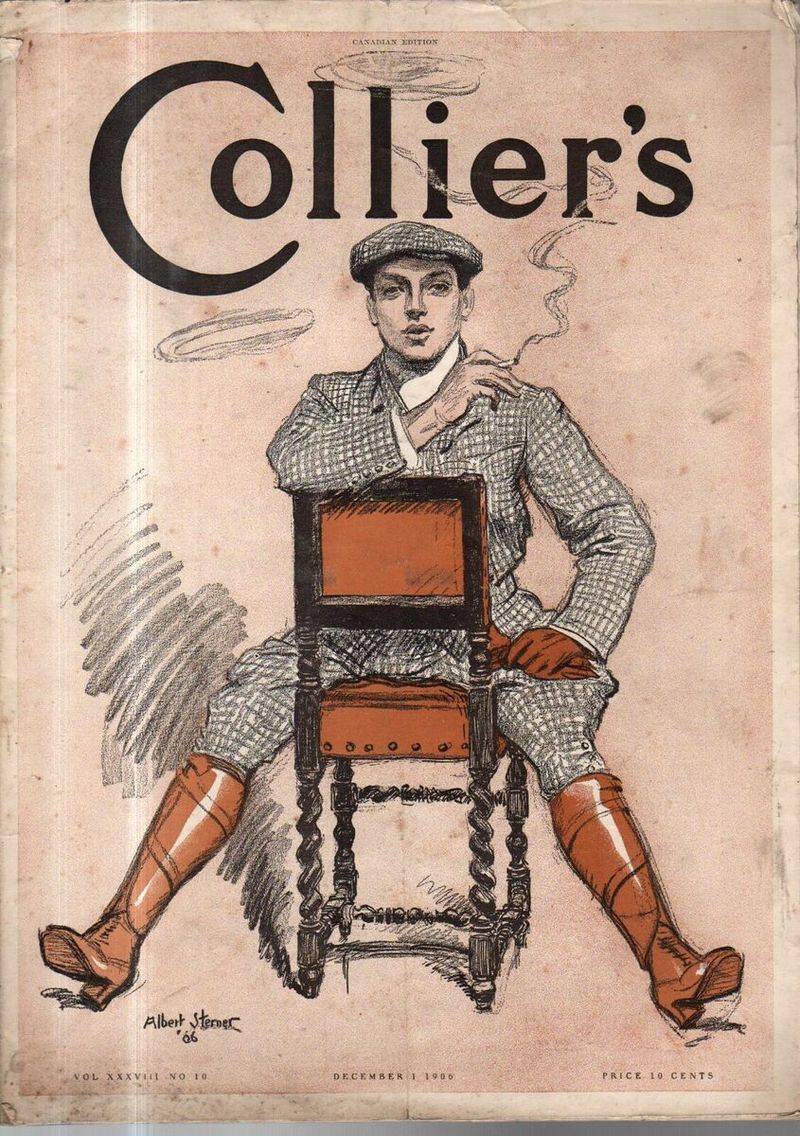
Collier’s Weekly was a heavyweight in American journalism from 1888 to 1957. It was known for investigative reporting and fiction, a blend hard to resist.
The magazine featured works by Hemingway and Steinbeck, giving readers a literary treat.
Imagine eagerly waiting for the next issue like the newest Netflix drop – it was that engaging. Collier’s gave voice to the everyday and the extraordinary, and although it’s no longer around, it set a standard in storytelling.
6. Mademoiselle

Mademoiselle was every young woman’s style guide from 1935 until 2001. More than just fashion, it tackled issues like career and lifestyle.
Readers found both chic outfits and advice for modern living. It was Vogue’s fun cousin, less about couture and more about practical glam.
Remember the features on up-and-coming writers? Sylvia Plath was one of them! Though it’s gone, Mademoiselle’s impact on fashion magazines for young women is undeniable.
7. Look Magazine
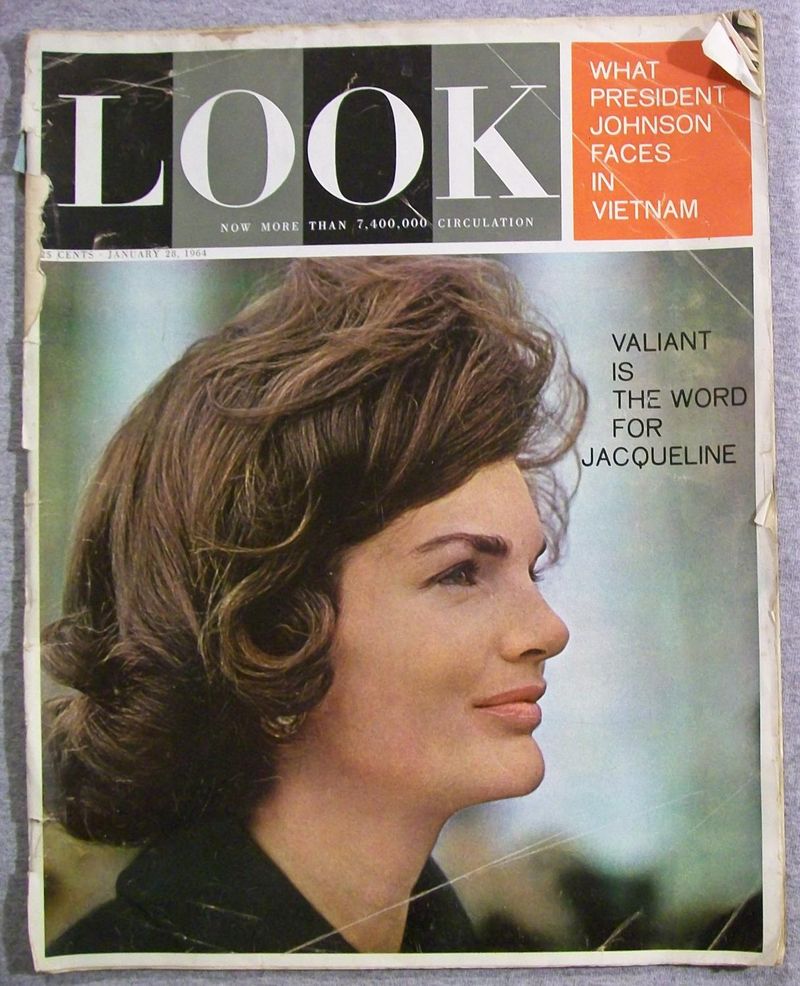
Look Magazine brought the world to Americans’ doorsteps from 1937 to 1971. With a focus on photojournalism like its competitor, Life, Look offered a fresh perspective.
Its pages were filled with images that spoke louder than words. Who didn’t eagerly await its takes on pop culture and human interest stories?
Though it ceased publication, Look’s approach to storytelling through photos continues to influence media today. It was a visual journey every month.
8. McCall’s
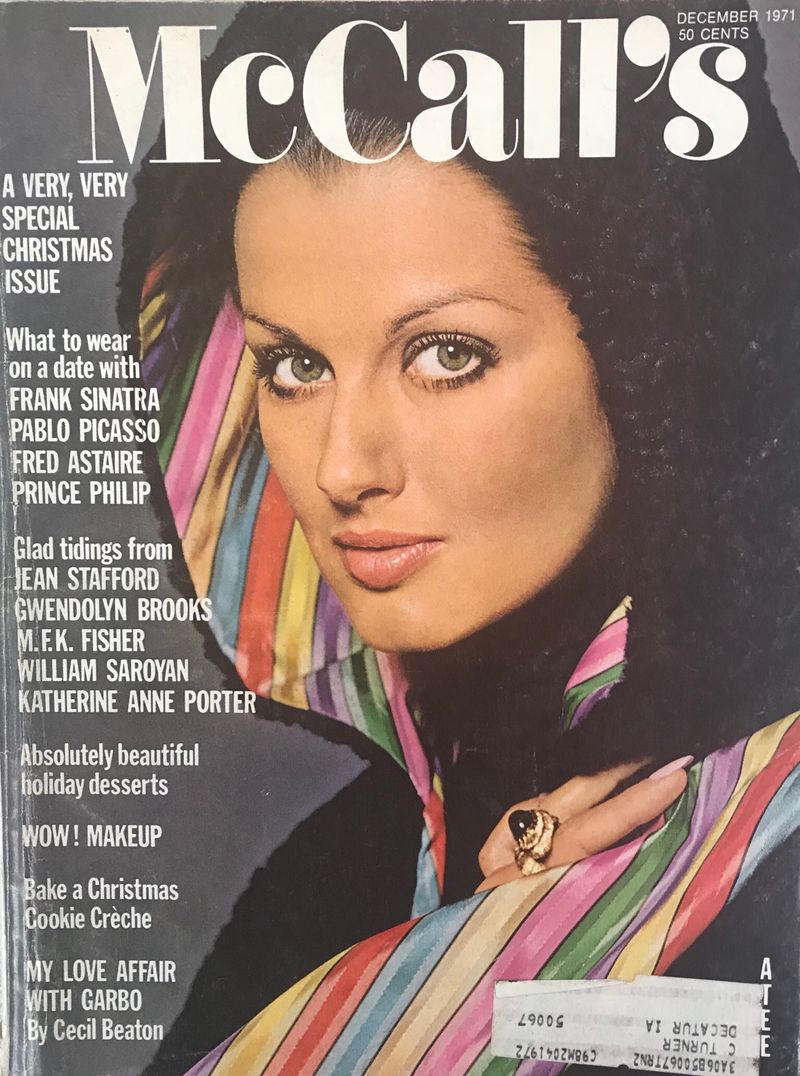
McCall’s was a household name for women’s magazines from 1873 to 2002. It was the go-to for homemaking tips, crafts, and short stories.
McCall’s was like a friendly neighbor with a knack for decorating advice. Remember the sewing patterns? They were a creative’s dream!
More than just a magazine, it was a guide to thriving in domestic life. Although McCall’s is gone, the warmth it brought to homes is fondly remembered by many.
9. Omni Magazine

Omni Magazine was a haven for science fiction fans from 1978 to 1995. It was where science met imagination, with articles by leading authors in speculative fiction.
Omni wasn’t just about distant worlds; it delved into scientific discoveries with flair. It was like having a sci-fi movie marathon in print form.
The magazine’s unique blend of fact and fantasy ignited curiosity, and its legacy of inspiring wonder continues in the sci-fi genre today.
10. Punch Magazine
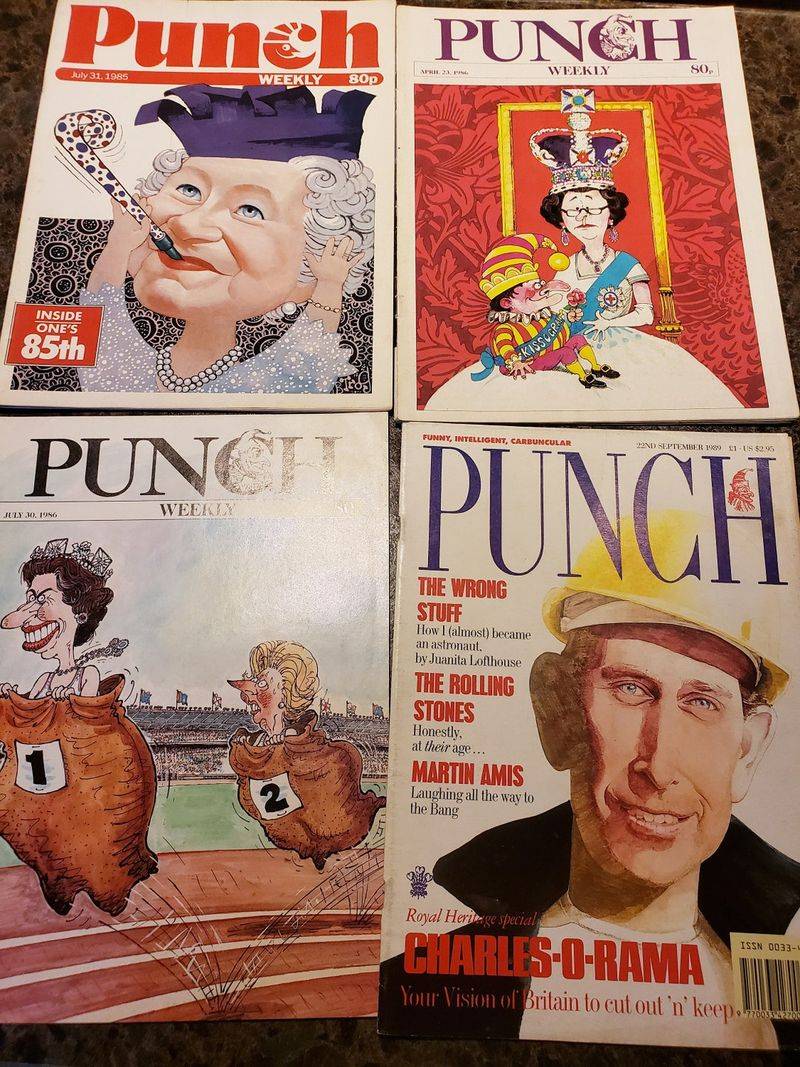
Punch Magazine, the granddaddy of satire, delighted readers from 1841 to 2002. It was the British humorist’s bible, lampooning society with wit.
The cartoons? Simply legendary. It was like having a cheeky friend who always knew how to make you smile.
Punch was more than laughs; it was social commentary wrapped in humor. Though it bid adieu in the early 2000s, its influence on comedic writing and satire remains timeless and cherished.
11. Liberty Magazine
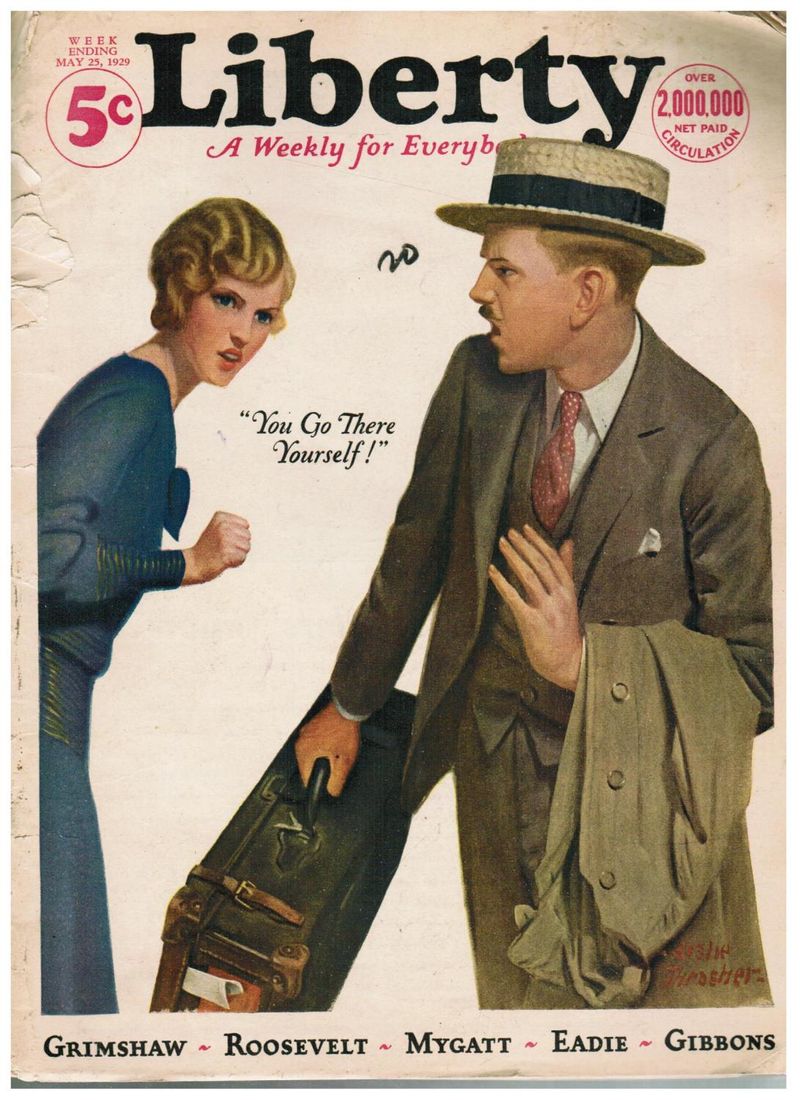
Liberty Magazine entertained readers with fiction and nonfiction from 1924 to 1950. It was like curling up with a good book, but in magazine form.
Liberty featured stories that captured the heart and mind, from thrillers to heartfelt tales. The magazine was a blend of entertainment and enlightenment, offering both escapism and insight.
Though it no longer graces the newsstands, Liberty’s charm and its contribution to storytelling are fondly remembered by its loyal readers.
